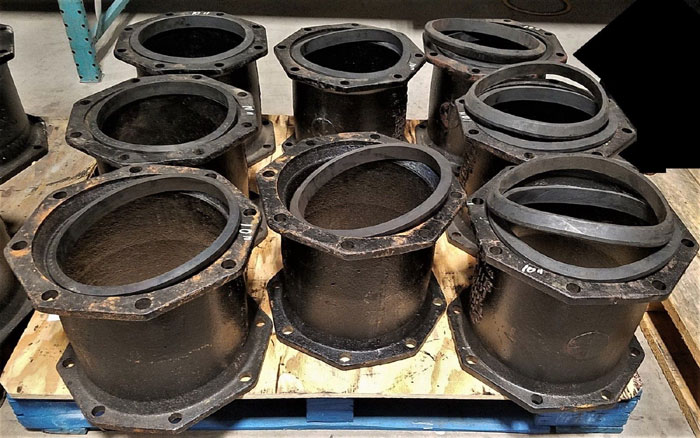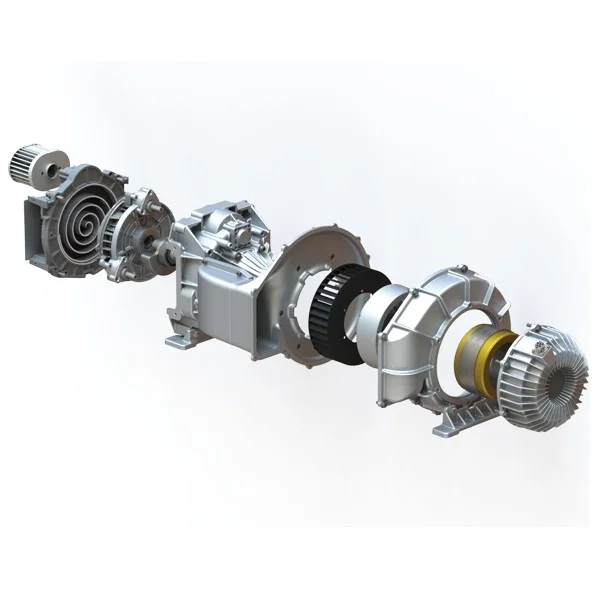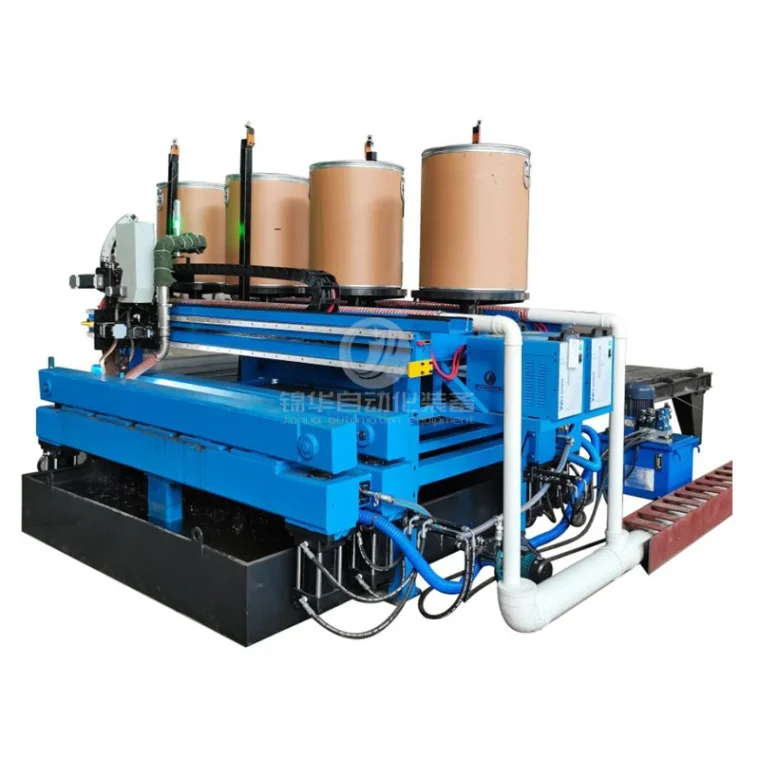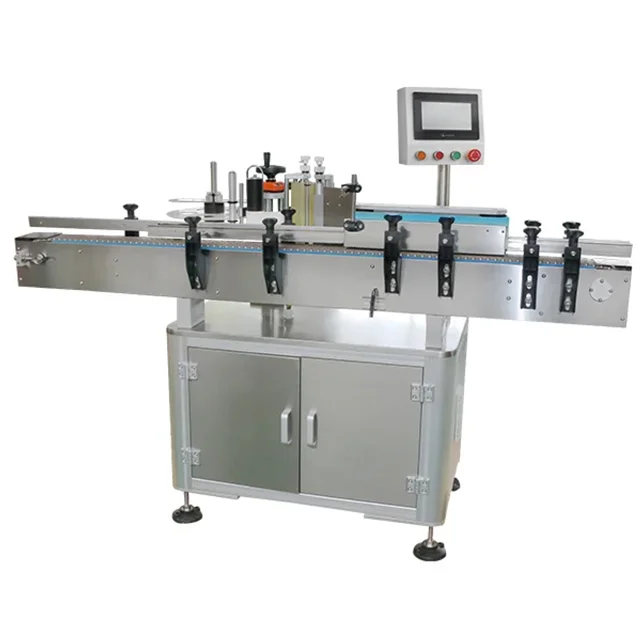Decoding Strength: Rivets vs. Bolts - Unveiling the True Contenders

When it comes to fastening components and structures, the choice between rivets and bolts is a critical decision for engineers. Both rivets and bolts have their unique characteristics and applications, but the question remains: Are rivets stronger than bolts? In this comprehensive article, we will delve into the intricacies of rivets and bolts, exploring their strengths, limitations, and factors that influence their performance. By understanding their differences and considering specific requirements, engineers can make informed decisions for optimal joint strength and reliability.
- Understanding Rivets:
Rivets are mechanical fasteners that consist of a cylindrical shaft with a head on one end. They are typically made of materials like aluminum, steel, or stainless steel. Rivets are installed by deforming the shaft, creating a permanent connection between two or more components. This deformation, often achieved through riveting tools or machines, forms a second head on the opposite end, securing the joint. - Understanding Bolts:
Bolts, on the other hand, are threaded fasteners that consist of a cylindrical shaft with a head on one end and threads on the other. They are available in various materials, including steel, stainless steel, and titanium. Bolts are installed by passing the threaded end through pre-drilled holes in the components and securing them with nuts on the opposite side. The tightening of the nut creates clamping force, holding the joint together. - Strength Comparison:
a. Shear Strength: Rivets, due to their solid shaft and permanent deformation, generally exhibit higher shear strength compared to bolts. The deformation of the rivet creates a larger contact area, distributing the load more evenly. This characteristic makes rivets suitable for applications where shear forces are predominant, such as in aircraft construction or heavy machinery.
b. Tensile Strength: Bolts, with their threaded design and ability to be tightened to specific torque values, offer higher tensile strength compared to rivets. The clamping force generated by the bolt and nut combination provides a secure and adjustable connection. This feature makes bolts ideal for applications where tension loads are significant, such as in structural steelwork or automotive assemblies.
- Factors Influencing Strength:
a. Joint Design: The design of the joint plays a crucial role in determining the strength of both riveted and bolted connections. Factors such as the number and arrangement of fasteners, material selection, and load distribution must be considered to optimize joint strength.
b. Material Selection: Choosing the appropriate rivet or bolt material is essential to ensure compatibility with the components being joined and the environmental conditions. Factors such as corrosion resistance, temperature variations, and mechanical properties should be taken into account.
c. Installation Technique: Proper installation techniques for both rivets and bolts are critical to achieving optimal strength. Factors such as hole preparation, rivet or bolt insertion, and tightening procedures must be followed meticulously to avoid weak joints or premature failures.
- Application Considerations:
a. Rivet Applications: Rivets are commonly used in industries such as aerospace, shipbuilding, and construction, where high shear strength and permanent connections are required. They are particularly suitable for joining materials that cannot withstand the heat generated during welding or where access to the joint is limited.
b. Bolt Applications: Bolts find extensive use in various industries, including automotive, machinery, and infrastructure. Their adjustable nature, higher tensile strength, and ease of disassembly make them ideal for applications that require frequent maintenance, adjustments, or component replacements.
Conclusion:
The question of whether rivets are stronger than bolts does not have a straightforward answer. Rivets excel in shear strength and permanent connections, while bolts offer higher tensile strength and adjustability. The choice between rivets and bolts depends on specific application requirements, joint design considerations, and material compatibility. By understanding the strengths and limitations of each fastening method, engineers can make informed decisions to ensure optimal joint strength, reliability, and safety.


